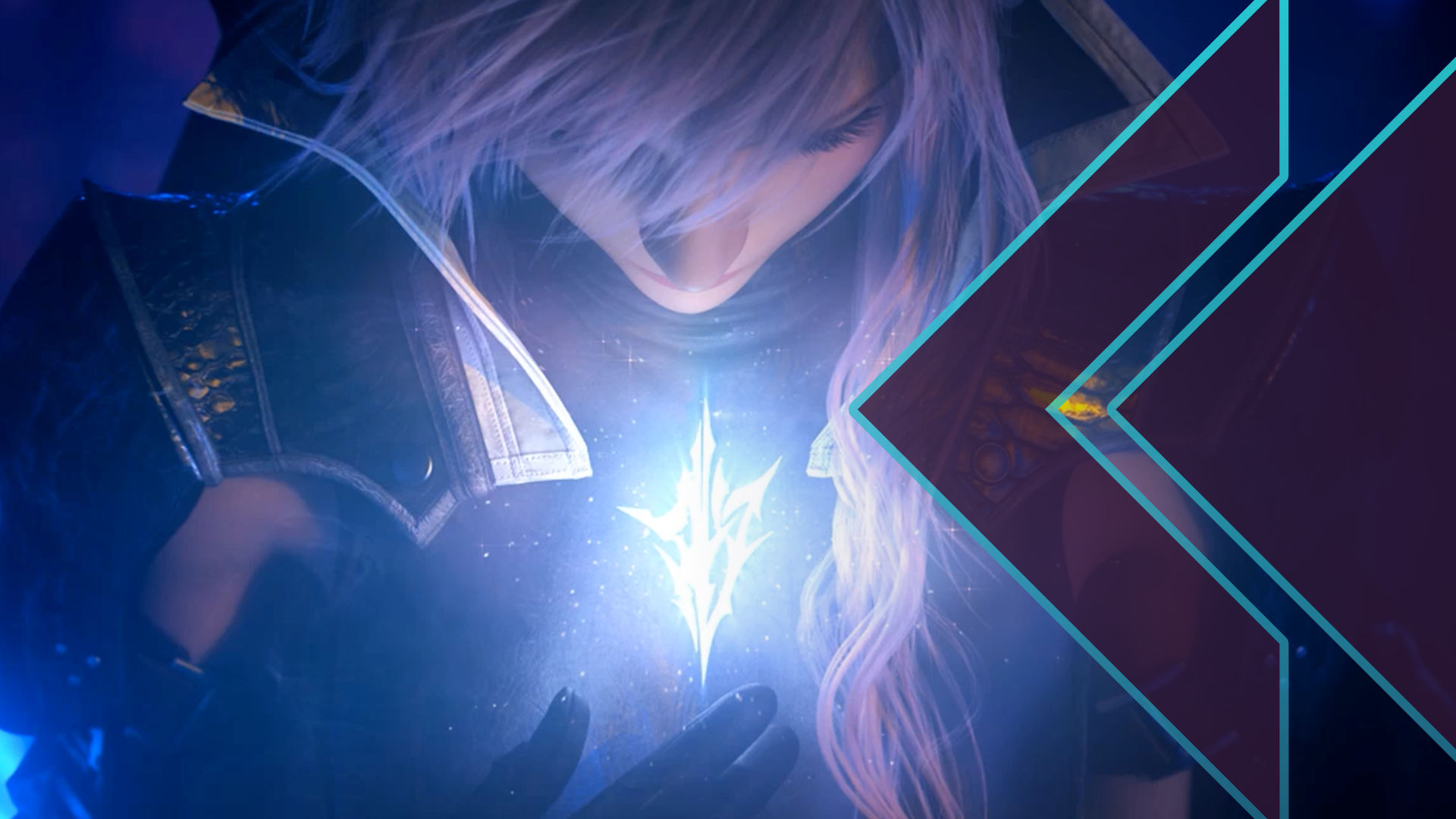Never Gonna Give Yeul Up
Fabula Nova Crystallis, the high-concept collection of Final Fantasy games dating from 2006, resulted in five games of varying tone and execution. Retro Encounter spent much of August playing and discussing Final Fantasy XIII, and today three panelists break down and lift up the rest of the family, including the former Agito, Final Fantasy Type-0, and the Versus XIII successor, Final Fantasy XV.
Featuring: Peter Triezenberg, Audra Bowling, Patrick Gann; Edited by Michael Sollosi
Opening and ending music by Miles Morkri
Listen and subscribe where you please, and leave a rating if you can! Email us your feedback: retro@rpgfan.com
More: Overcast | Pocket Casts | Castro | Podbean | Podcast Addict | Player FM | View all Retro Encounter posts


Leave a Reply
You must be logged in to post a comment.